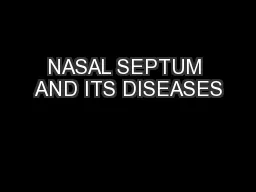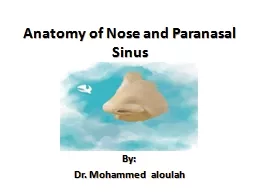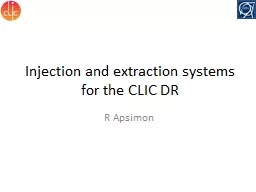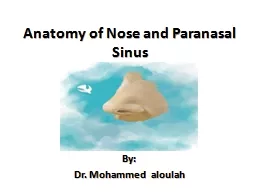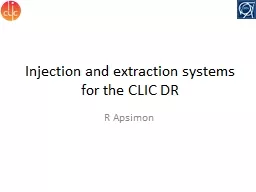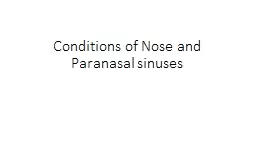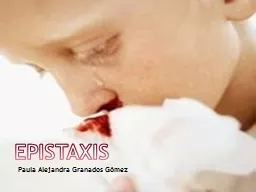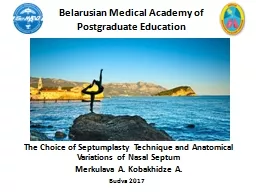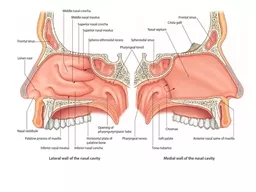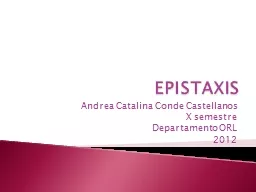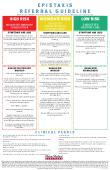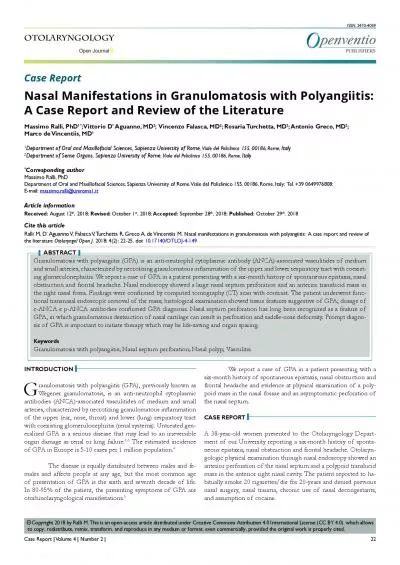PPT-NASAL SEPTUM AND ITS DISEASES
Author : lindy-dunigan | Published Date : 2016-10-11
Dr Sudeep KC Columellar septum formed of columella containing the medial crura of alar cartilages united together by fibrous tissue and covered on either side
Presentation Embed Code
Download Presentation
Download Presentation The PPT/PDF document "NASAL SEPTUM AND ITS DISEASES" is the property of its rightful owner. Permission is granted to download and print the materials on this website for personal, non-commercial use only, and to display it on your personal computer provided you do not modify the materials and that you retain all copyright notices contained in the materials. By downloading content from our website, you accept the terms of this agreement.
NASAL SEPTUM AND ITS DISEASES: Transcript
Download Rules Of Document
"NASAL SEPTUM AND ITS DISEASES"The content belongs to its owner. You may download and print it for personal use, without modification, and keep all copyright notices. By downloading, you agree to these terms.
Related Documents

